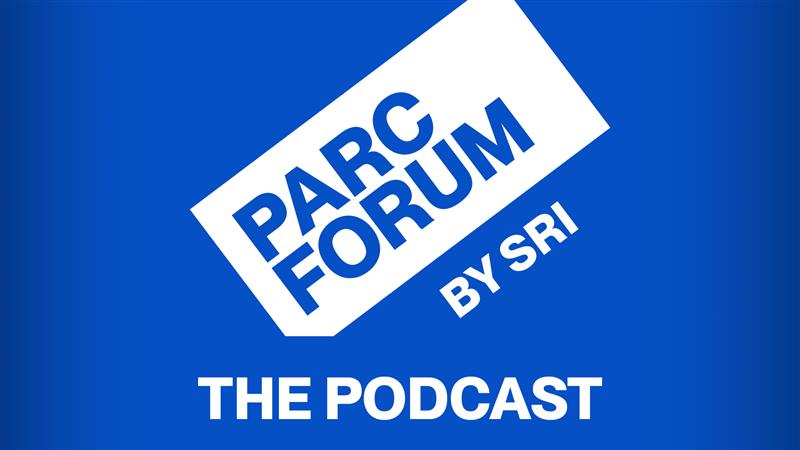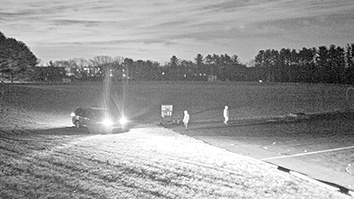Citation
Feng, M., & Beck, J. (2009). Back to the future: a non-automated method of constructing transfer models. In Barnes & Desmarais (Eds.), Proceedings of the 2nd International Conference on Educational Data Mining (pp. 240-249). Cordoba, Spain: Copisterias Don Folio, S. L.
Abstract
Representing domain knowledge is important for constructing educational software, and automated approaches have been proposed to construct and refine such models. In this paper, instead of applying automated and computationally intensive approaches, we simply start with existing hand-constructed transfer models at various levels of granularity and use them as a lens to examine student learning. Specifically, we are interested in seeing whether we can evaluate schools by examining the grain-size at which its students are best represented. Also, we are curious about whether different types of students are best represented by different transfer models. We found that better schools and stronger students are best represented by models with a fewer number of skills. Weaker students and schools are best represented, for our data, by models that allow no transfer of knowledge in between skills. Perhaps surprisingly, to accurately predict the level at which a student represents knowledge it is sufficient to know his standardized test score rather than indicators of socio economic status or his school. (Contains 1 figure, 3 tables, and 2 footnotes.) [For the complete proceedings, “Proceedings of the International Conference on Educational Data Mining (EDM) (2nd, Cordoba, Spain, July 1-3, 2009),” see ED539041.]
Descriptors: Data Analysis, Models, Transfer of Training, Intelligent Tutoring Systems, Mathematics Instruction, Middle School Students, Grade 8, Goodness of Fit, School Effectiveness, Individual Differences, Student Characteristics


